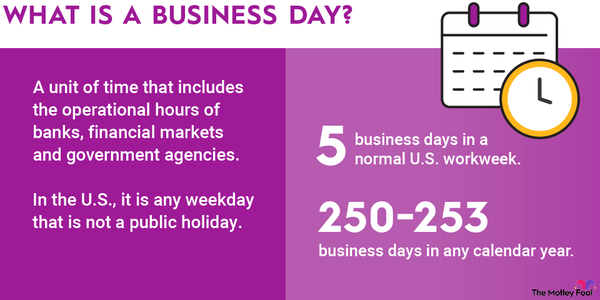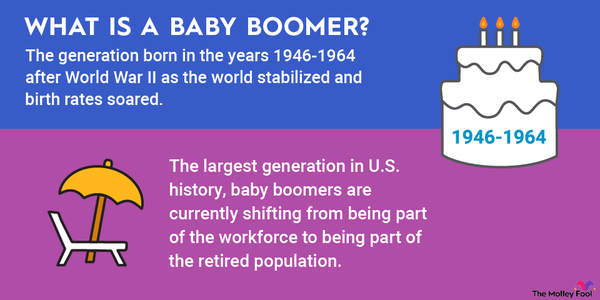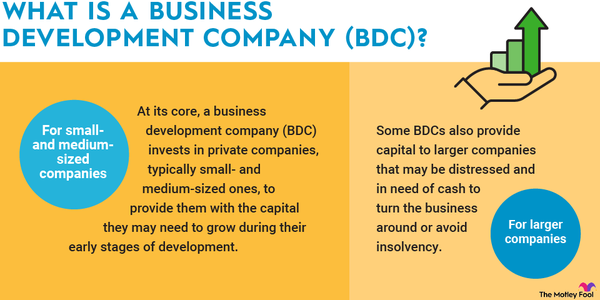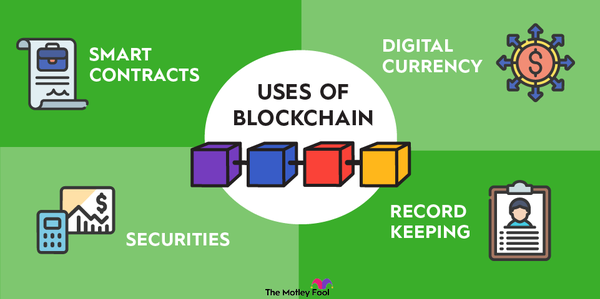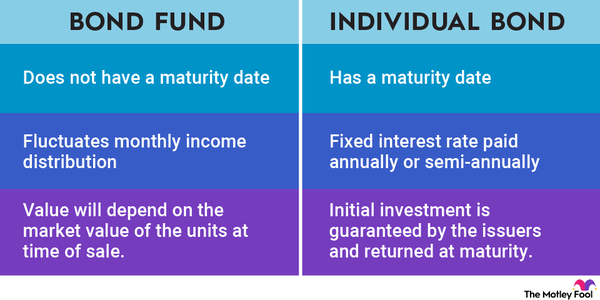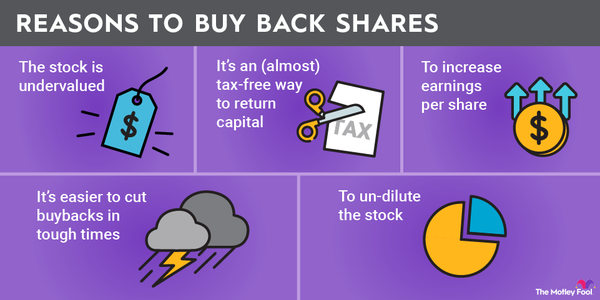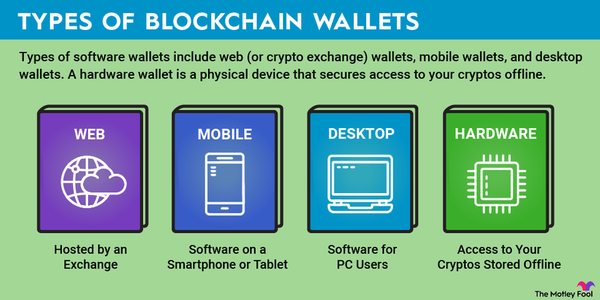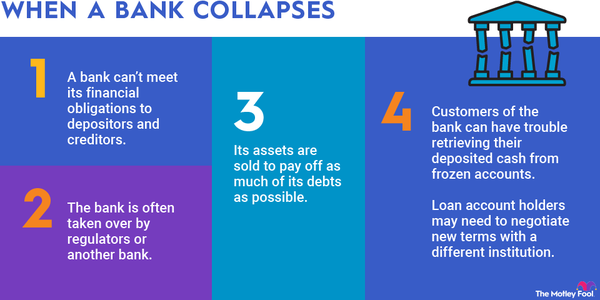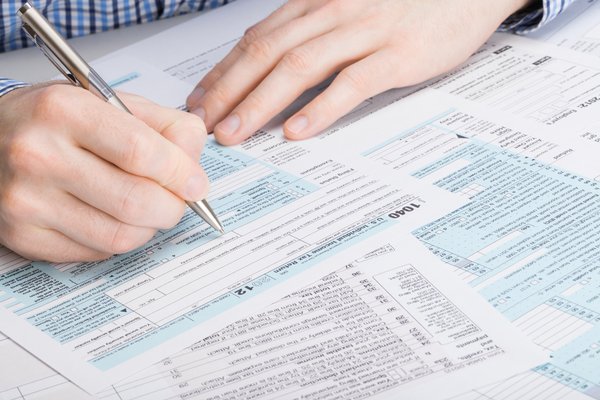Bail bonds allow defendants facing criminal charges to leave jail, on the promise they will return to participate in court proceedings. Let's explore the different types of bail bonds, how each works, and the consequences of not complying with bond terms.

Understanding bail bonds
Understanding bail bonds
A bail bond does not relate to investing in debt securities. A bail bond is a written guarantee that a defendant will appear in court for scheduled proceedings. If the judge sets a bail amount, there will be a payment or collateral requirement to back the guarantee. Defendants who do not return to court as agreed will forfeit the collateral.
Bail amounts are set at the judge's discretion. Typically, bail is higher when the charges are severe, or the defendant is a flight risk. A flight risk is someone who has the resources and motive to leave the country to avoid participating in the trial. Defendants who cannot satisfy the court's bail bond requirements must remain incarcerated before and during the trial dates.
The severity of the offense also influences the type of bond required. Common options are:
- Signature release. For minor offenses, defendants may be released "on their own recognizance." No cash payment is required, but defendants must sign a bond guaranteeing they will return for trial.
- Unsecured bail bond. The judge sets a bail amount, but the defendant does not pay it upfront. The defendant signs a bond promising to return. The courts only pursue bail payment if the defendant does not appear in court as promised.
- Cash bail bond. Defendants are released if they pay the bail amount upfront in cash. They also must promise to return for trial. If someone else funds the cash payment, he or she also signs the bond, guaranteeing the defendant will make the court appearance. The bail is refunded when defendants appear for their trial.
- Secured bail bond. The defendant or an agent of the defendant provides security or collateral that bail will be paid if court appearances are missed. When the bail amount is unaffordable, the defendant can obtain that security through a third-party bail bonds agent. The bond agent charges a fee in exchange for guaranteeing the defendant's bail.
Types of secured bail bonds
Types of secured bail bonds
Secured bonds are common because the bail amount often exceeds the defendant's resources. Four types of secured bonds are:
- Surety bail bonds. Surety bonds are provided by third-party bond agents. Typically, the agent charges a nonrefundable fee equal to 10% of the bail amount. The bond agent may additionally require collateral. In return, the agent guarantees the defendant will appear as promised. On this promise, the defendant can be released from jail. The agent is liable for the bail amount if the defendant disappears.
- Property bail bonds. Property bonds are secured by the defendant's property. Usually, the property's value must exceed the bail amount by a large margin. The property bond process can be time-consuming since the collateral must be appraised to confirm its value.
- Immigration bail bonds. Immigration bonds are required for non-citizens detained by the U.S. Immigration and Customs Enforcement (ICE).
- Federal bail bonds. Federal bonds are used for federal offenses.
Consequences of non-appearance
Consequences of non-appearance
Bail bonds are intended to prevent defendants from avoiding their court appearances. The consequences of failing to report for trial can range from minor to severe, depending on the bail amount and requirements set by the judge.
At a minimum, the courts may issue an arrest warrant for defendants who don't show up at their trial. Courts may also charge non-appearing defendants with contempt of court or intentionally avoiding a court appearance, also known as bail jumping. If bail was posted in cash or with other collateral, those assets will be forfeited.
Additionally, a non-appearing defendant can be targeted by a bounty hunter if a bond agent posted the bail. Many states have a grace period before finalizing forfeitures for bond agents. The bond agent is not liable for bail if the defendant returns to the court during the grace period.
This grace period enables the bounty hunter trade. For a fee, bounty hunters track down missing defendants and return them to the courts on behalf of bond agents.
Related investing topics
Robert Durst, a real-life bail jumper
Robert Durst, a real-life bail jumper
Robert Durst, the subject of the true crime documentary The Jinx, was a real-life flight risk who tested the boundaries of the bail bonds system. Durst, son of a New York real estate magnate, was reportedly worth $100 million. After being arrested for allegedly killing his neighbor, Durst posted $250,000 in bail and left Texas. When police caught up with him, he had $37,000 in cash in his car.
Durst stood trial for the neighbor's death in 2003. He claimed self-defense and testified that he dismembered the body and tossed it into Galveston Bay. He was acquitted of the murder charges but remained in custody for evidence tampering and jumping bail. Because he had previously attempted to flee, the judge deemed him a flight risk and set bail for $3 billion. An appeals court later overturned the bail amount as excessive for the charges, recommending $450,000 instead.
In 2015, Durst was arrested for the murder of a woman in California 15 years earlier. The judge in that case denied bail. Durst remained in custody and was eventually sentenced to life in prison without parole.






